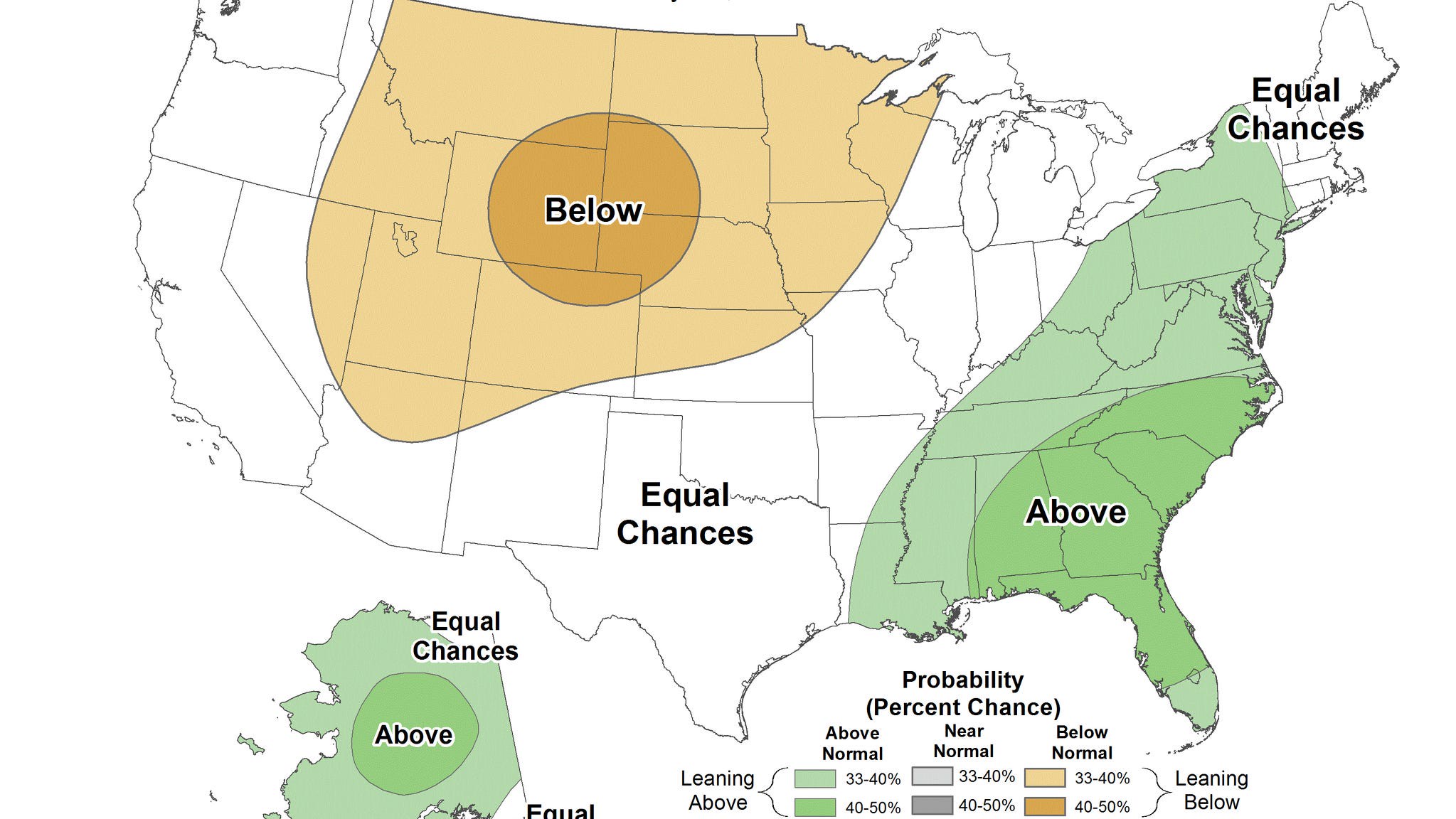news
NOAA Predicts Extended Heat for Texas Through Fall
NOAA's seasonal outlook for August through October shows continued heat across Texas, with above-average temperatures expected nationwide.
Published July 31, 2025 at 2:32pm

Although triple-digit temperatures arrived about six weeks early, Texas has seen a relatively mild summer overall, with wetter-than-normal conditions for this time of year.
In recent weeks, however, a heat dome stalled over much of the U.S., shifting Texas into a hotter, drier pattern. Above-normal temperatures and below-normal rainfall are likely across the state through at least the second week of August, with consistent temperature highs into the upper 90s and low 100s.
Still, despite the recent heat, the total number of 100-degree days has remained relatively low this year, and this summer has been relatively tame compared to recent years. So far, Austin has recorded just five 100-degree days, compared to 32 last year and 80 in 2023.
The National Ocean and Atmospheric Administration recently released its three-month outlook for August, September, and October for temperatures and precipitation across the country.
What is NOAA's prediction for Texas in the late summer or early fall?
The center’s seasonal outlook for August through October shows continued heat across Texas, with above-average temperatures expected nationwide.
While most parts of Texas typically see their last 100-degree day by late August, this year’s forecast suggests the extreme heat could stretch further into the fall. Triple-digit temperatures beyond mid-October are rare, even in typically hotter regions like the Rio Grande Valley and South Texas, where only a few such occurrences have been recorded.
The outlook also shows equal chances for rainfall — a promising sign, as September and October are usually among the wetter months for much of the state.
When do temperatures normally cool down in Texas?
Across most of Texas, temperatures finally begin to cool in August, with average highs finally dipping below the triple-digit mark.
Here’s a look at the earliest, latest and average last 100-degree day recorded across the state since 1940, according to data from the National Weather Service.
Austin
- Earliest: June 13 (1942)
- Latest: Oct. 13 (2024)
- Average: Aug. 24
Amarillo
- Earliest: June 14 (2004)
- Latest: Sept. 19 (2024)
- Average: Aug. 5
Dallas-Fort Worth
- Earliest: July 13 (2004)
- Latest: Oct. 3 (1951)
- Average: Aug. 29
El Paso
- Earliest: June 18 (1941)
- Latest: Sept. 27 (2024)
- Average: Aug. 11
Houston
- Earliest: June 13 (2006)
- Latest: Sept. 27 (2005)
- Average: Aug. 15
Lubbock
- Earliest: May 11 (1962)
- Latest: Oct. 3 (2000)
- Average: Aug. 2
Midland-Odessa
- Earliest: June 9 (1988)
- Latest: Oct. 8 (1979)
- Average: Aug. 21
San Antonio
- Earliest: July 4 (1970)
- Latest: Oct. 4 (2023)
- Average: Aug. 26
Tyler
- Earliest: July 12 (1955)
- Latest: Sept. 26 (2005)
- Average: Aug. 21
Waco
- Earliest: July 22 (1971)
- Latest: Oct. 15 (2024)
- Average: Aug. 31
Wichita Falls
- Earliest: June 27 (1950)
- Latest: Oct. 17 (1972)
- Average: Sept. 5

